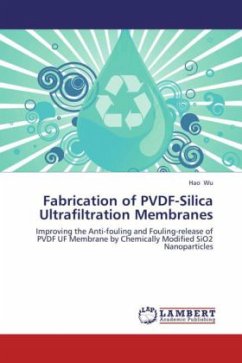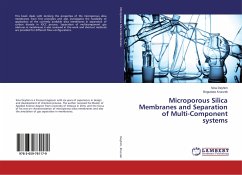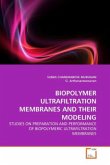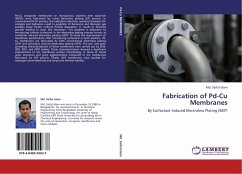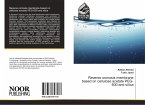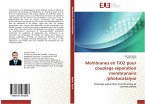The highly hydrophobic nature of PVDF membranes makes it prone to fouling, and hydrophilic additives are frequently used to improve its wettability and fouling performance. Another approach to mitigate fouling is to alter membrane via surface modification. Under optimum conditions of membrane fabrication, in-situ membrane surface modification may be achieved as a result of the spontaneous migration of amphiphilic additives to the membrane upper surface resulting in so-called surface segregation. In this study, a novel approach was taken to use nanoparticles as carriers and anchors for antifouling ligands. Commercial SiO2 nanoparticles were chemically functionalized by silane coupling agents, which were then further used to immobilize PEG molecules on their surface. Modified nanoparticles were directly dispersed in casting solution and modified SiO2/PVDF blend membranes were prepared. The results demonstrated that the surface modified SiO2 nanoparticles acted as a carrier that facilitated the migration of PDMS or PEG molecules immobilized on SiO2 to the surface of the membrane, contributing to the modification of surface and hence improvement of the membrane fouling resistance.
Bitte wählen Sie Ihr Anliegen aus.
Rechnungen
Retourenschein anfordern
Bestellstatus
Storno

